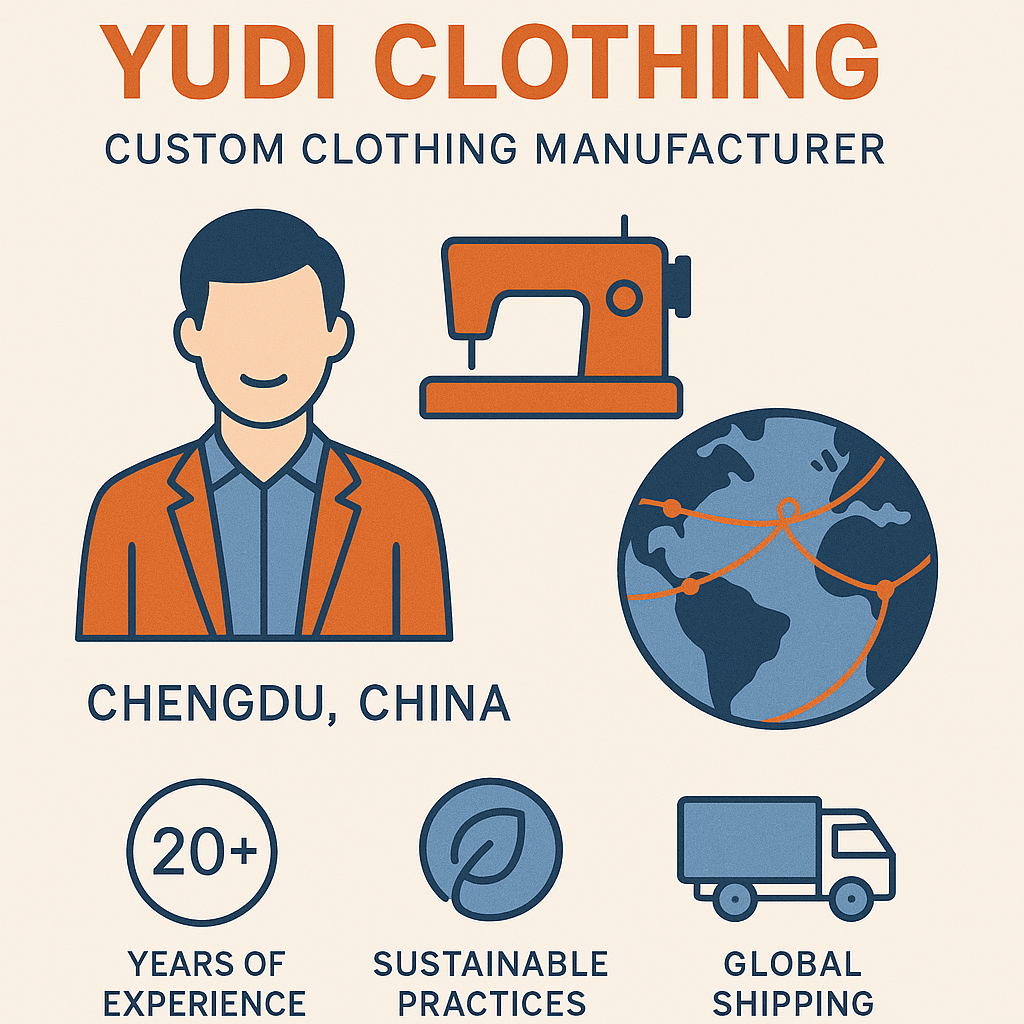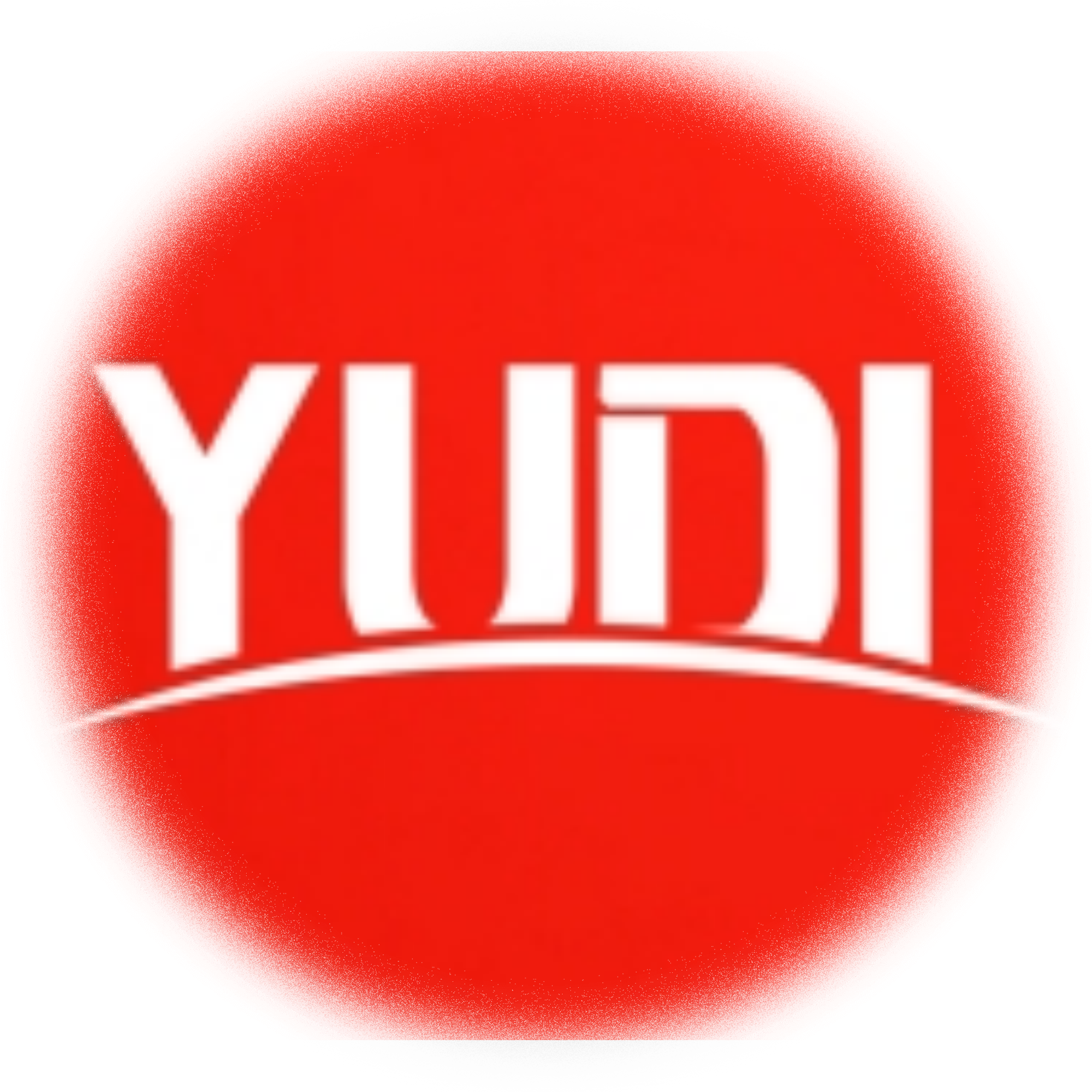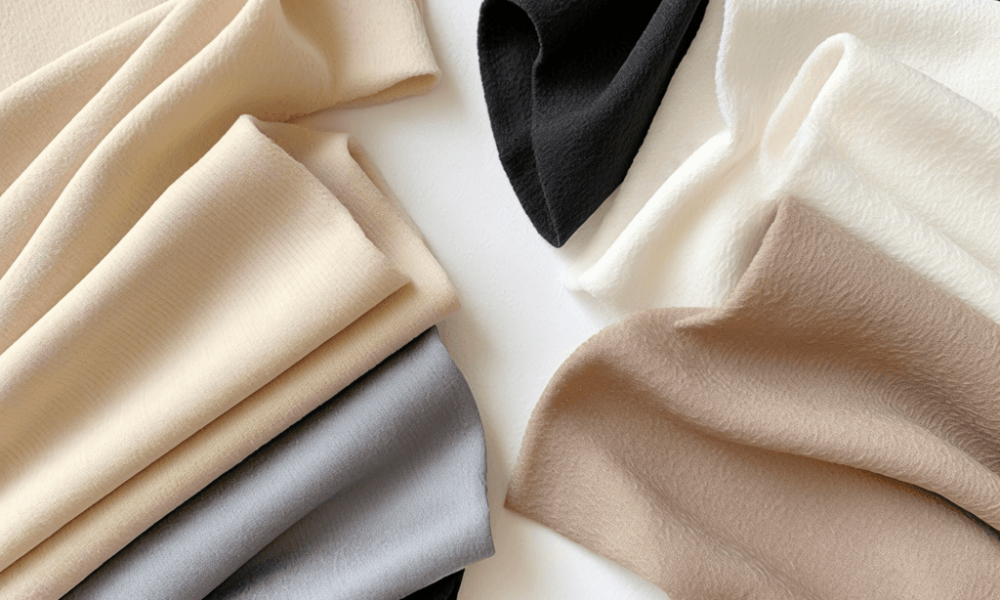
When designing clothing, the choice of fabric is of utmost importance. It significantly influences the drape, functionality, and durability of the garment. Consider this: if the fabric is not right, the entire aesthetic and feel of the outfit can be compromised, can’t it?
One of the simplest ways to make informed fabric choices is to familiarize yourself with the various types available. Typically, this knowledge is acquired in fashion school, where you delve into every detail.
However, if you missed out on those lessons or never attended fashion school, don’t worry! I’m here to support you. Let’s explore some common fabric types so you can truly understand their characteristics and how they can be used effectively.
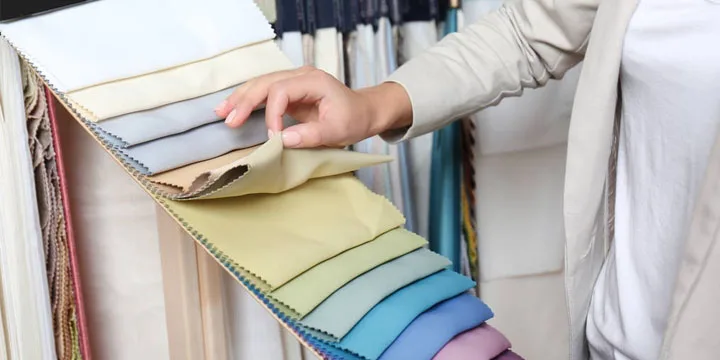
When designing clothing, the choice of fabric is of utmost importance. It significantly influences the drape, functionality, and durability of the garment. Consider this: if the fabric is not right, the entire aesthetic and feel of the outfit can be compromised, can’t it?
One of the simplest ways to make informed fabric choices is to familiarize yourself with the various types available. Typically, this knowledge is acquired in fashion school, where you delve into every detail.
However, if you missed out on those lessons or never attended fashion school, don’t worry! I’m here to support you. Let’s explore some common fabric types so you can truly understand their characteristics and how they can be used effectively.
Three Primary Categories of Fabric Types
Fabrics of Natural Origin
Natural fabrics can be derived from animal sources, like silk, or plant sources, such as linen. These fabrics impart a delicate and airy quality to designs, with excellent draping capabilities. Their popularity stems from their suitability for hot weather and casual clothing styles, including dresses and tops.
Next, we will delve into the advantages and disadvantages of each type of natural fabric. Believe me, it’s knowledge well worth acquiring!
1. Wool
Advantages:
- Breathable and resistant, helping to regulate body temperature and keep you comfortable.
- Excellent natural insulator, suitable for both hot and cold weather as it adapts to body temperature changes
Disadvantages:
- Requires careful maintenance, including hand washing and proper preservation.
- Should not be exposed directly to the sun to avoid color fading and pilling.
- Can be ironed, but only at low temperatures to prevent damage.
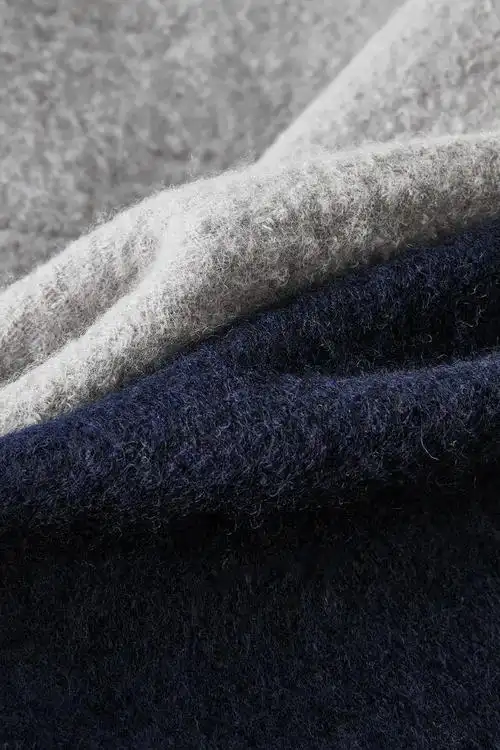
2. Silk
Advantages:
- One of the most durable natural fabrics.
- Smooth, lightweight, and soft, providing exceptional comfort.
- Versatile and suitable for all seasons, especially in hot weather.
Disadvantages:
- Higher cost compared to other fabrics.
- Fragile and requires extra care during washing.
- Avoid using bleach, direct sunlight, and contact with rough surfaces to prevent damage.
- Water temperature should be controlled at 30℃ when washing.
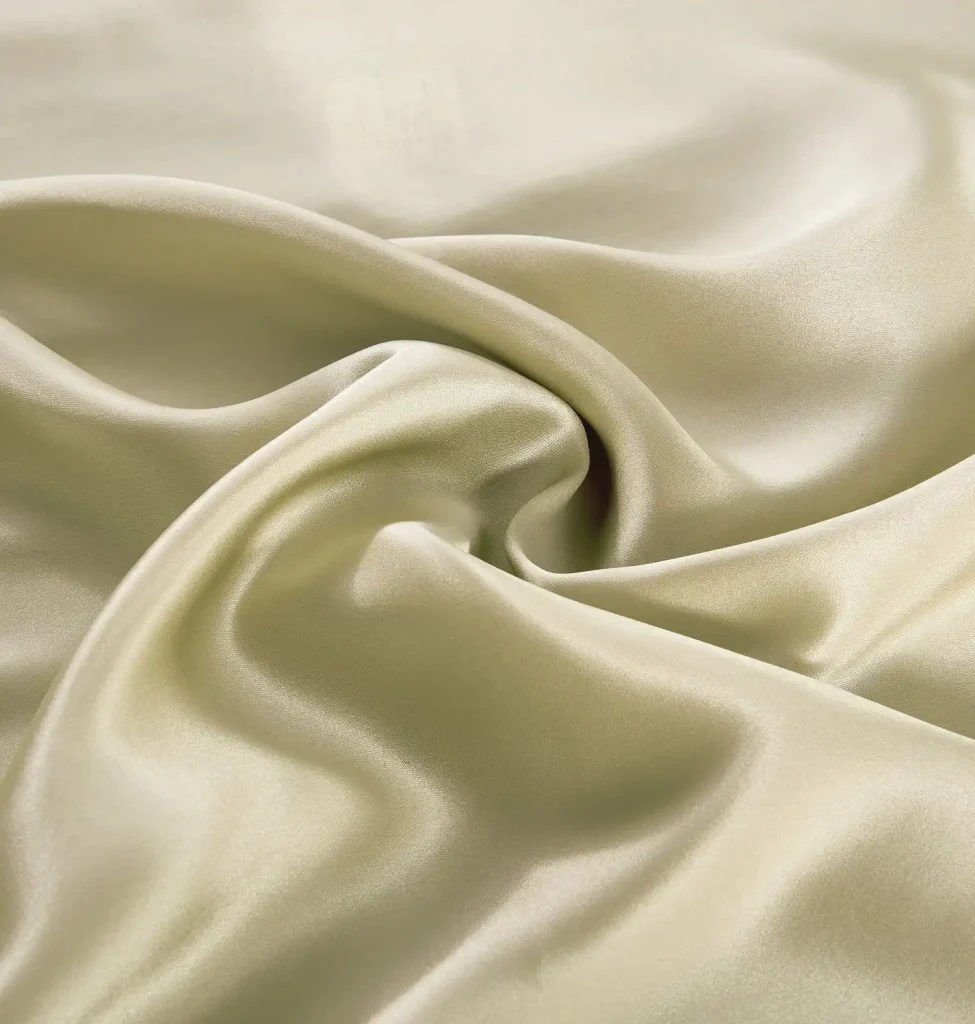
3. Cotton
Advantages:
- Flexible and highly resistant to wear and tear.
- Resistant to moths and other insects, unlike silk.
- Malleable and soft, providing a comfortable, pleasant touch on the skin.
Disadvantages:
- Prone to wrinkling, which may require more maintenance.
- Requires significant amounts of plants and land for processing, impacting sustainability.
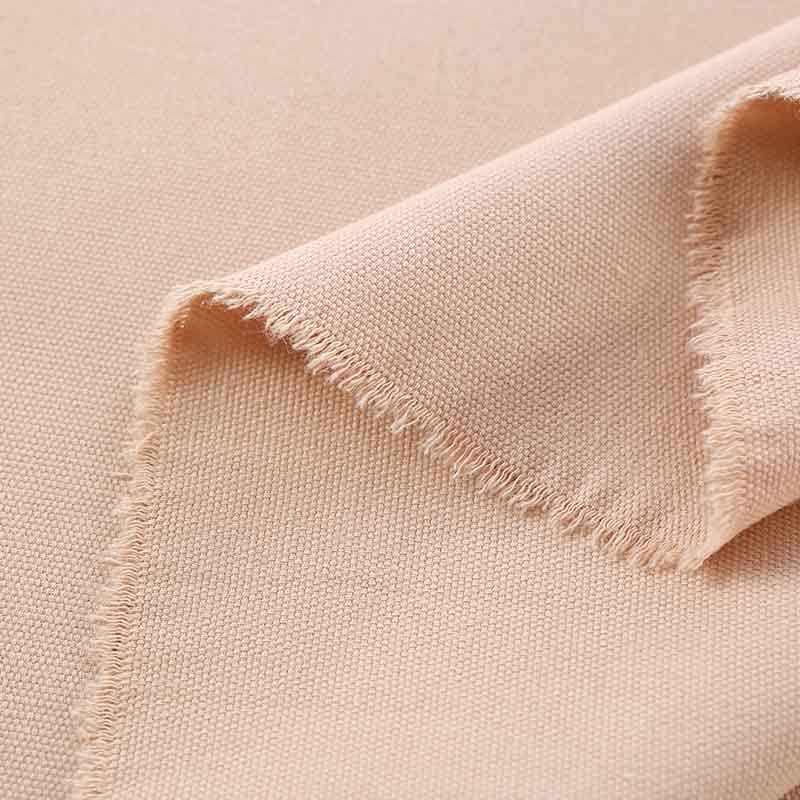
4. Linen
Advantages:
- Regarded as one of the most luxurious fabrics in the fashion market.
- Fresh, strong, and durable, with a long lifespan.
- Dries quickly and resists moth attacks.
- Withstands high temperatures and effectively absorbs moisture.
- Prevents the growth of bacteria due to its breathable nature.
Disadvantages:
- Prone to crinkling and wrinkling, which may affect appearance over time.
- Requires careful washing and maintenance to avoid shrinkage.
- Comes at a higher price point compared to more common materials.

5. Down Fabric
Advantages:
- Ideal for cold weather due to its lightweight, compressible, breathable, and durable properties.
- Easily expands after being stored or compressed, making it convenient to use.
- Available in varying fill ratings or lofts, allowing customization based on warmth needs.
- Fluffier Down has a higher loft, providing enhanced insulation.
Disadvantages:
- Should not be washed at high temperatures to prevent shrinking.
- Can be easily damaged if dehydrated at a high speed for a short duration.
- Requires laying flat to dry to avoid folding or clumping.
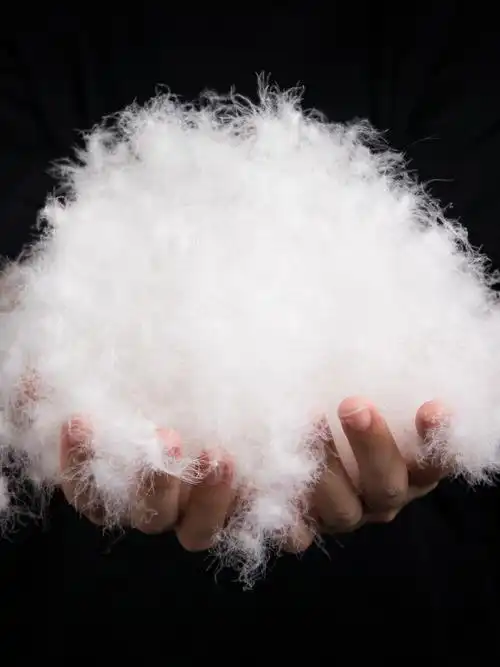
Synthetic Fabrics
Unlike natural fabrics, synthetic ones are made from man-made materials, not something you’d find growing in nature. They’re created through a chemical process where a polymer solution or melt is fed through a machine. Think of it as a high-tech production line for fabric! Some common examples of synthetic fabrics include nylon and polyester.
1. Nylon
Advantages:
- Does not require special washing techniques; can be easily cleaned in a washing machine.
- Dries quickly and is lightweight, adding to your comfort without extra bulk.
- Convenient and low-maintenance fabric for everyday use.
Disadvantages:
- Can make you feel overly warm due to its insulating properties.
- Is not biodegradable, contributing to long-term environmental waste.
- Production generates nitrous oxide and uses large amounts of water, negatively impacting the environment.
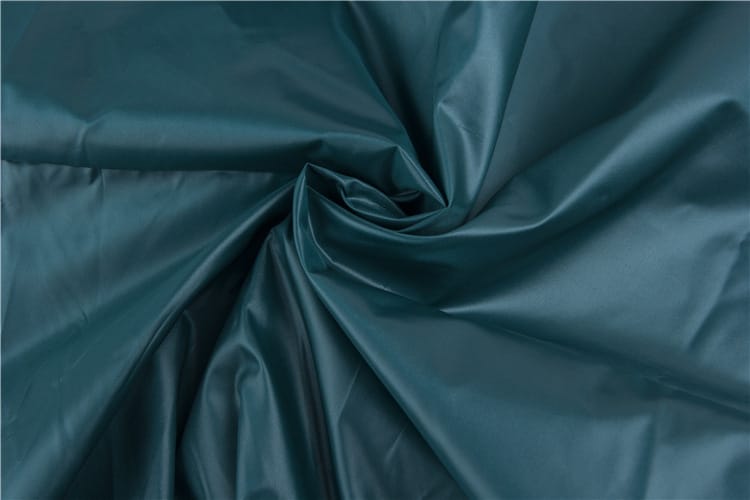
2. Polyester
Advantages:
- Offers exceptional wear resistance, making it durable and long-lasting for daily use.
- Cost-effective option for consumers due to its ability to withstand wear and tear.
- Hardly shrinks and resists wrinkles, maintaining its appearance over time.
- Easy to wash and stain-resistant, making it simple to handle and maintain.
Disadvantages:
- Prone to pilling, leading to small fiber clusters on the surface.
- Lacks breathability, which may cause discomfort in certain conditions.
- Can turn yellow if washed roughly or improperly cared for.
- Production is water-intensive and may expose workers to toxic substances.
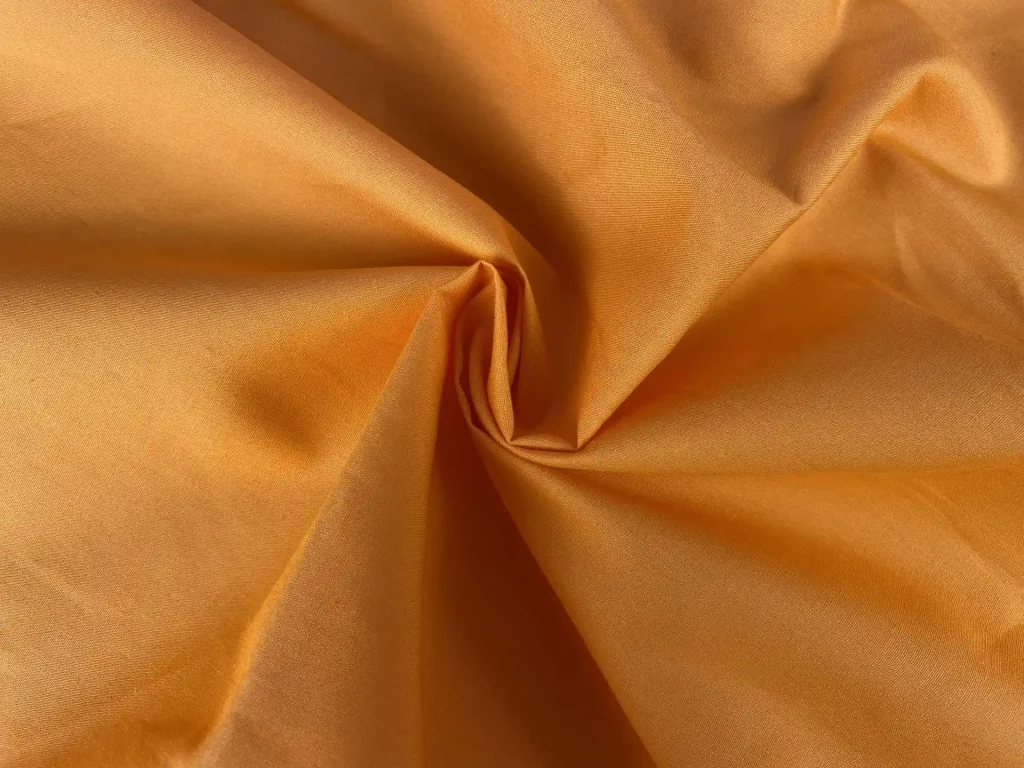
3. Spandex
Advantages:
- Elastic and durable, allowing for unrestricted movement and flexibility.
- Maintains shape and performance even after multiple washes or extended wear.
- Comfortable for activewear or everyday clothing, offering a good balance of function and comfort.
Disadvantages:
- Prolonged sun exposure can cause the fabric to turn yellow.
- May shrink and lose elasticity if subjected to high-temperature drying.
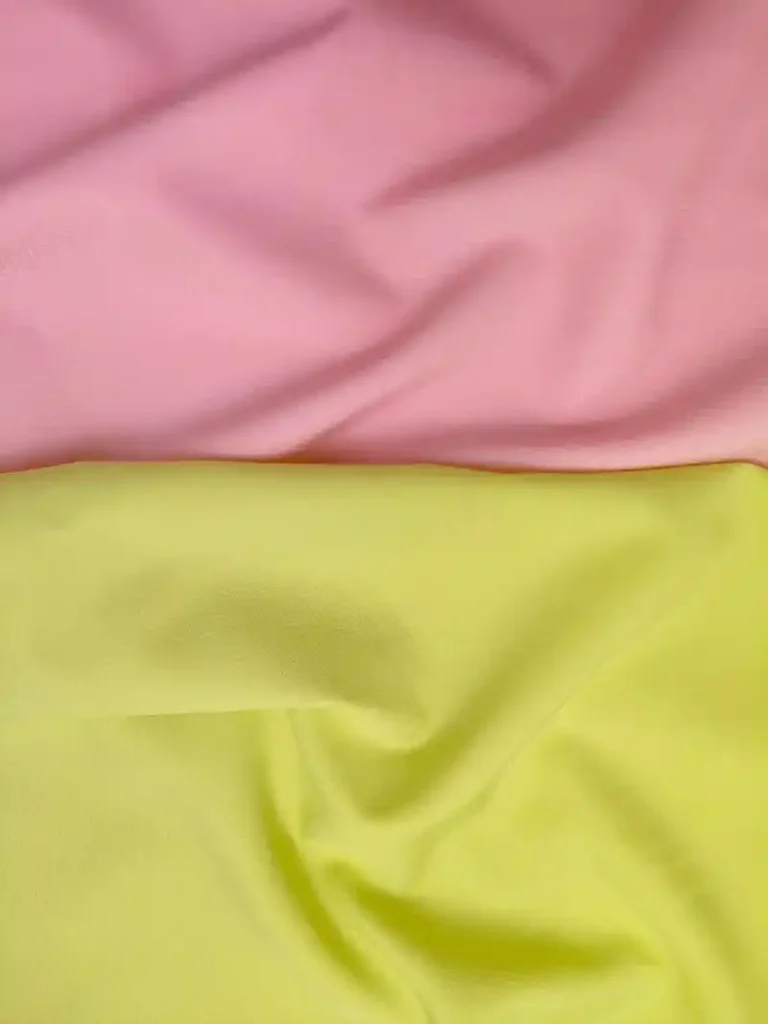
4. PU
Advantages:
- Durable and flexible with excellent water-resistant qualities.
- Perfect choice for outdoor activities due to its resilience.
Disadvantages:
- Requires specific washing conditions; improper care may lead to damage.
- Should not be washed with water to preserve its quality.
- If stained with water, it must be air-dried in a ventilated and shaded area to prevent further damage.
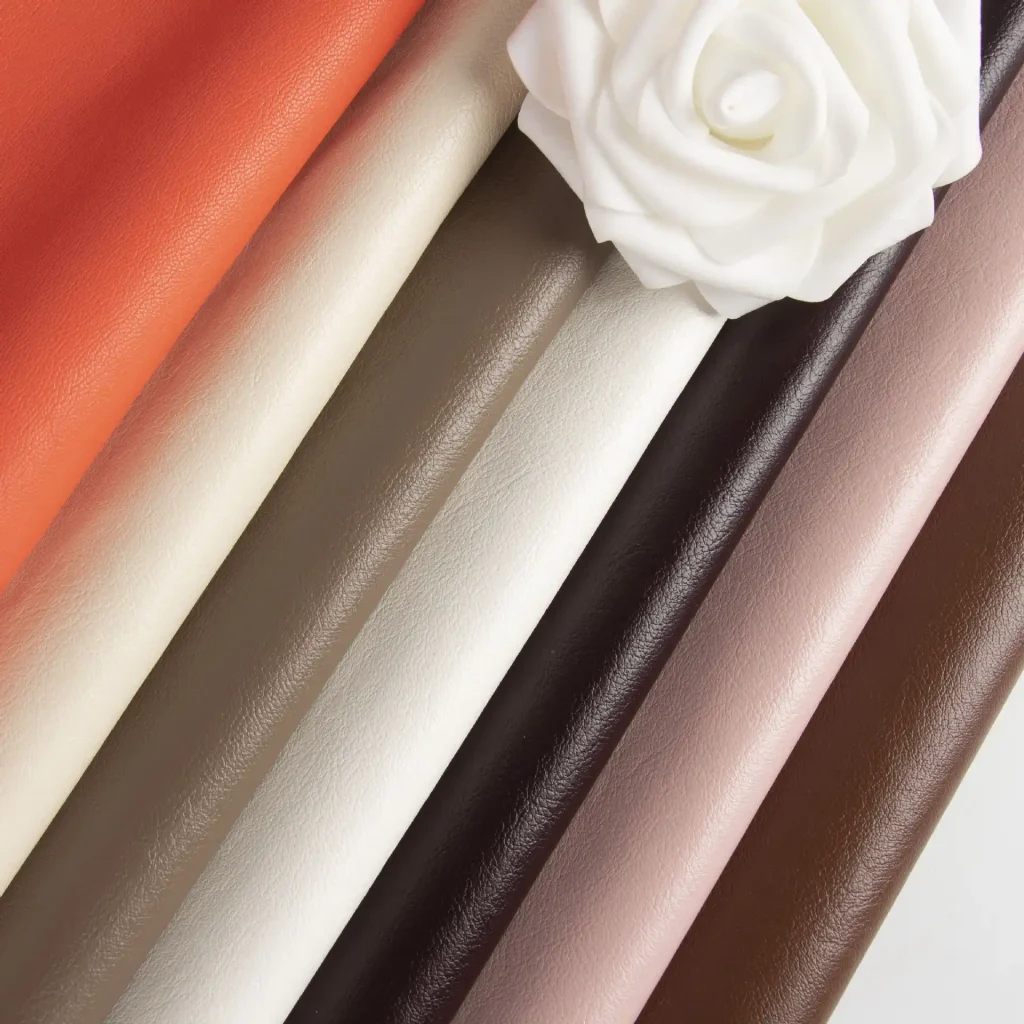
5. Chiffon
Advantages:
- Lightweight with an airy texture, making it comfortable to wear.
- Perfect for special occasions due to its shimmery appearance, offering a luxurious and elegant look.
- Good breathability and softness provide added comfort.
Disadvantages:
- Easily damaged if bleach is used during cleaning.
- Fades when exposed to sunlight for prolonged periods.
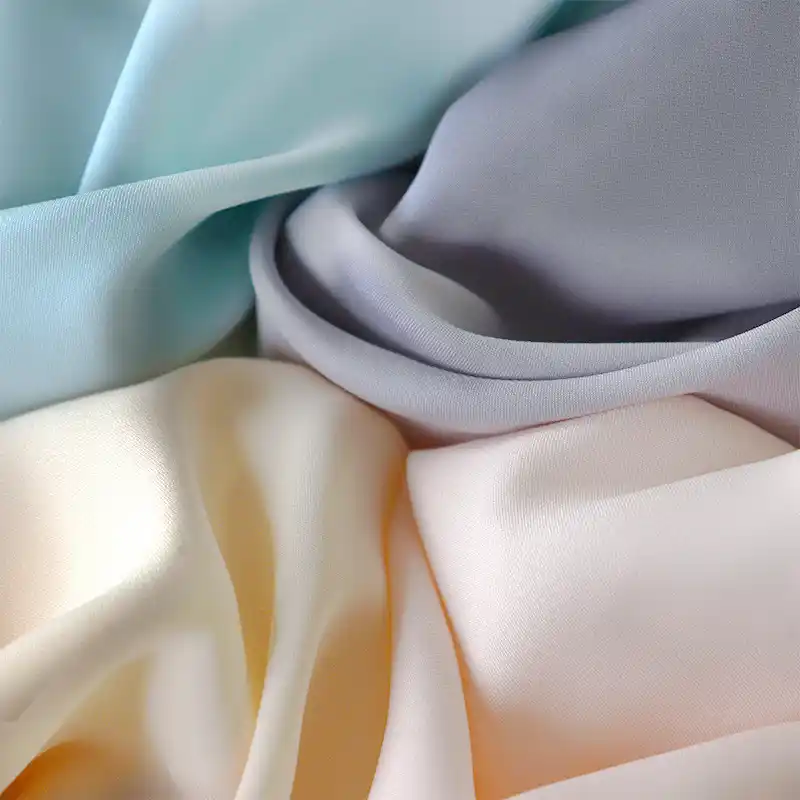
Artificial Fabrics
Artificial fabrics are crafted through industrial processes, utilizing raw materials sourced from either cellulosic or protein origins. Essentially, these materials undergo transformation into fabrics suitable for a wide array of applications. Consider options like fur fabric and viscose—they exemplify these man-made materials. It’s truly remarkable how science can convert raw materials into soft, wearable textiles!
Fur Fabric
This fabric is chic, fabulous, and cozy, designed to emulate the feel of real animal fur. It boasts a luxurious appearance akin to genuine fur but comes with pertinent ethical considerations. Using bleach and fabric softener can damage it, so careful washing and storage in a cool place are essential.Viscose
This soft and fresh fabric dries quickly, fits the body well, and offers a cost-effective choice. However, it can shrink or wrinkle rapidly if handled roughly. It’s advisable to avoid using bleach, as it may cause the fabric to turn yellow.
Conclusion
By now, you should have a solid understanding of the diverse range of fabrics available. But here’s the crucial point: selecting the right fabric is not a trivial matter. It can significantly impact the success of a clothing brand! We understand that analyzing fabric types can be overwhelming when placing an order. That’s where YUDI Clothing comes to the rescue.
Our expert team alleviates all that stress. We delve into your customer needs, determine what best suits them, and assist you in choosing the perfect fabric that aligns with your brand’s aesthetic. No hassle, no confusion—just the ideal fabric for your vision.

